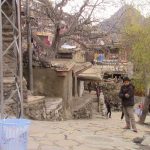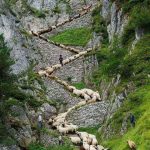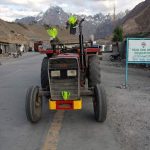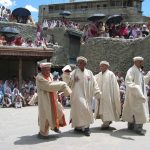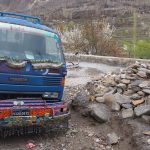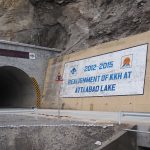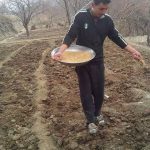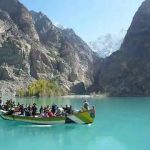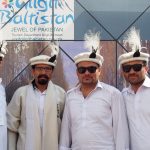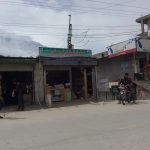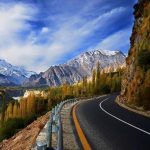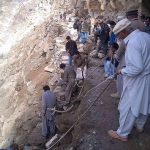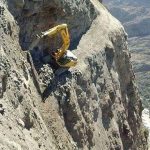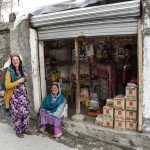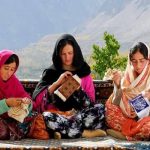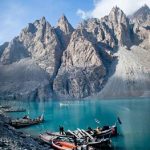The Hunza of today is vastly different from that of long ago. The high mountains that surround my homeland have protected and preserved the beautiful Hunza, it’s traditions, culture and foods from outside influences. With the digital world we live in today even my mountains homeland is now only a click away from the rest of the world.
We do have, power shortages and sewerage problems but these are small factors compared to the richness of Hunza life. We, even in this modern world live in traditional stone houses as did our forefathers before us, in family compounds, often with two or three families inhabiting the same home. We hold our family and community values high even though our land is opening up to tourism with motels being built to meet the growing demand of the million or so tourists that travel to Hunza each year. Tourism is bringing in much need injections of cash and the new generation of Hunzukuts are finding new ways to generate a living fro their families other than relying on the family small acreage to provide all.

